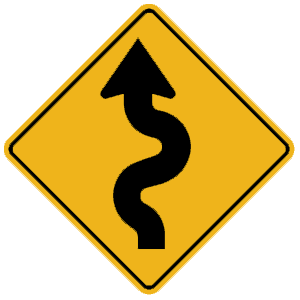2025 Idaho Permit Test 21
The following questions are from real DMV written tests. These are some of the actual permit questions you will face in Idaho. Each permit practice test question has three answer choices. Select one answer for each question and select "grade this section." You can find this button at the bottom of the drivers license quiz. For a complete list of questions and answers for Idaho please visit https://cheat-sheets.dmv-written-test.com/en/idaho/car.
Number of Tests
Number of Question
Passing Score
25. When you approach a railroad crossing without flashing warning signals or crossing gates, you should:
Explanation
Always be prepared to yield to any oncoming trains before crossing railroad tracks, particularly if there are no lights or gates controlling the crossing. Never start to cross the tracks until there is room for your entire vehicle on the other side of the tracks. Due to the risk of a vehicle stalling, it is not wise to shift gears when crossing railroad tracks.
26. This sign tells you that:

Explanation
This sign warns of an upcoming winding road with three or more curves.
27. You may cross solid yellow lines:
Explanation
As a general rule, broken traffic lines may be crossed but solid lines may not. Solid yellow lines may be crossed only when the driver is making a turn.
28. When parking your vehicle downhill on a two-way street:
Explanation
When you park on a downward-facing slope, turn your wheels sharply toward the side of the road. This way, if your vehicle starts to roll downhill, it will roll away from traffic.
29. If you are turning onto a street with more than one lane traveling in your direction, you should:
Explanation
When turning onto a street with more than one lane moving in the direction that you are traveling, turn into the lane that is closest to your previous lane. Do not change lanes when turning.
30. What is a "No zone?"
Explanation
"No zones" are the large blind spots around trucks and other large vehicles. Drivers of smaller vehicles should avoid lingering in "No zones."
31. You should be cautious when passing a bicycle because:
Explanation
You should always be cautious when passing a bicycle because the cyclist may have to swerve into traffic to avoid an object on the road. Always be particularly careful when driving near bicyclists.
32. A driver should be extra alert to motorcyclists, bicyclists, and pedestrians because:
Explanation
